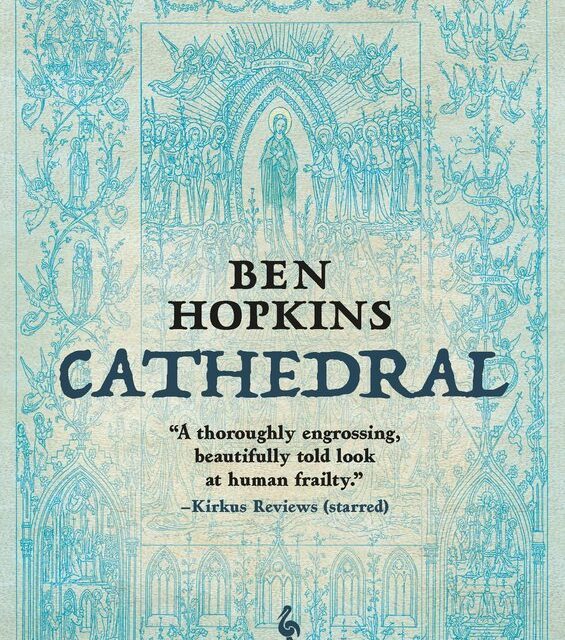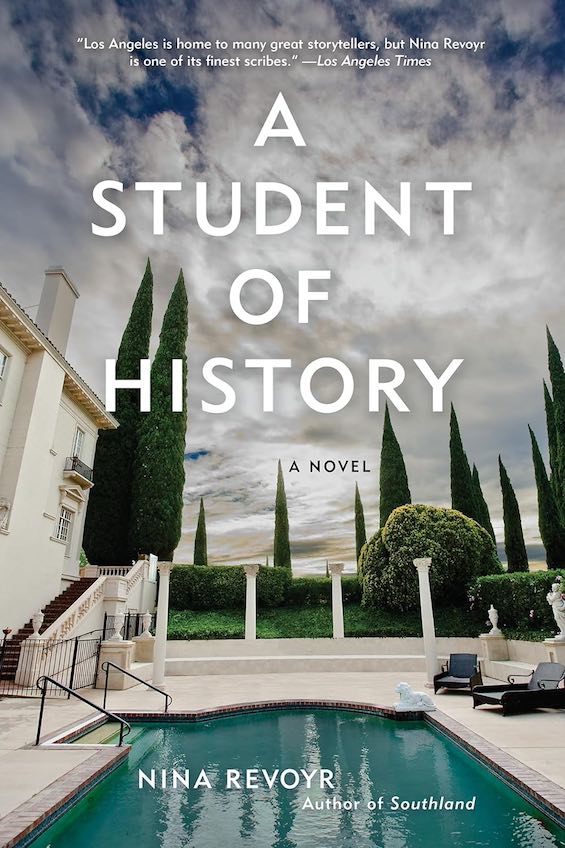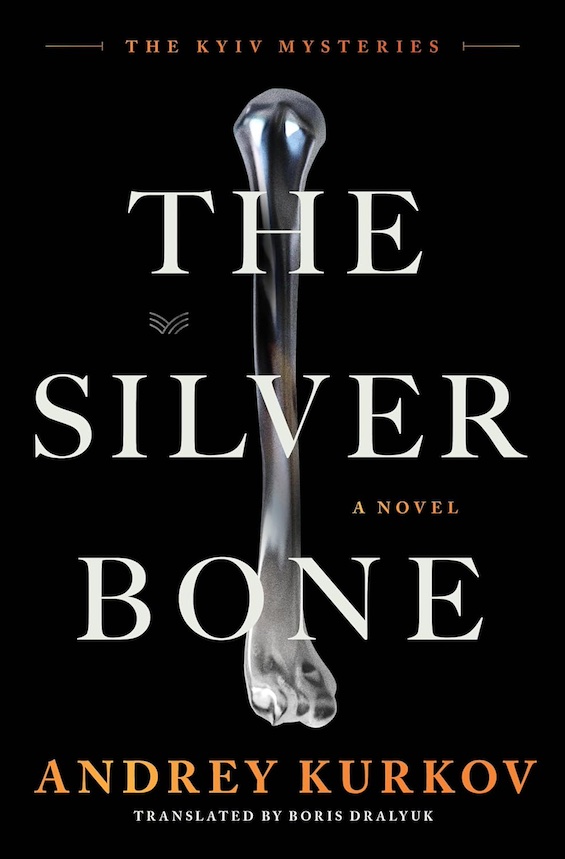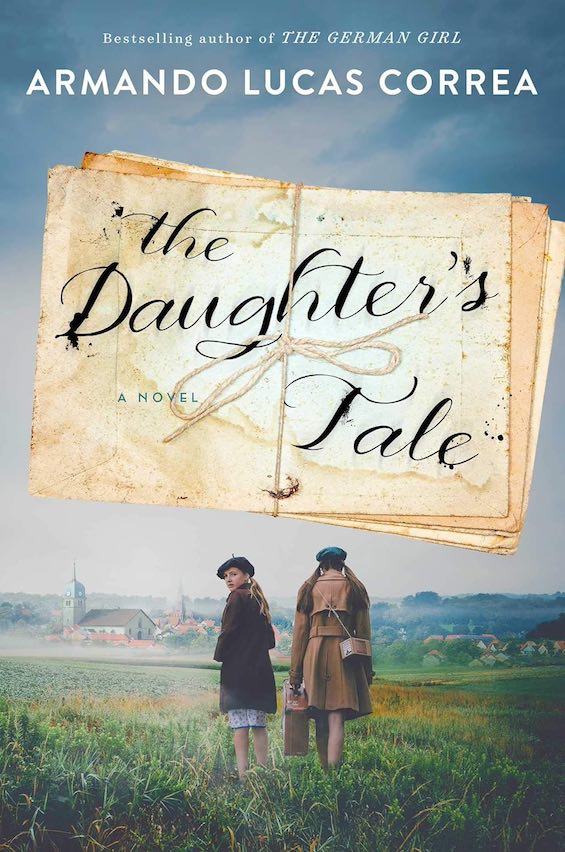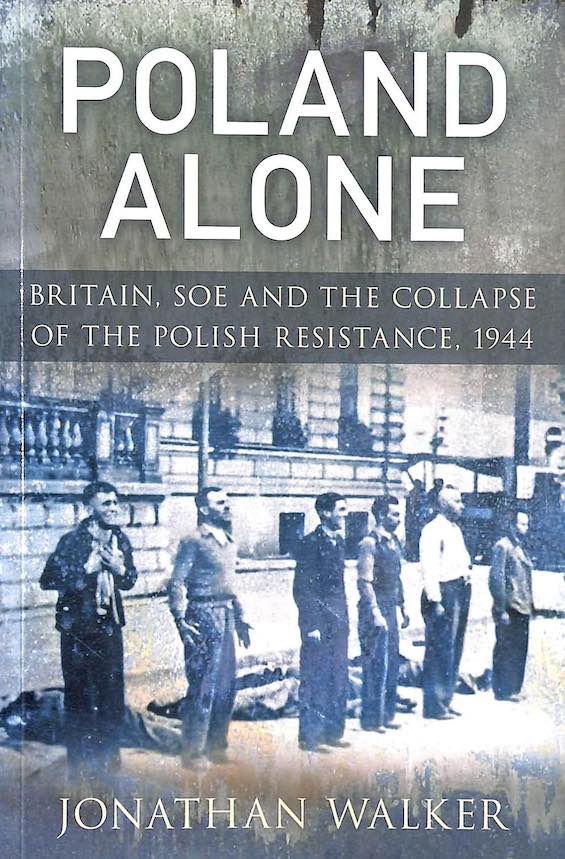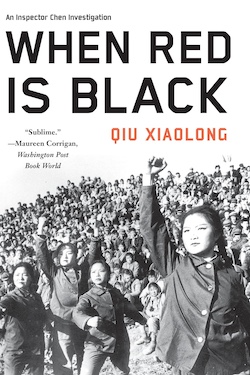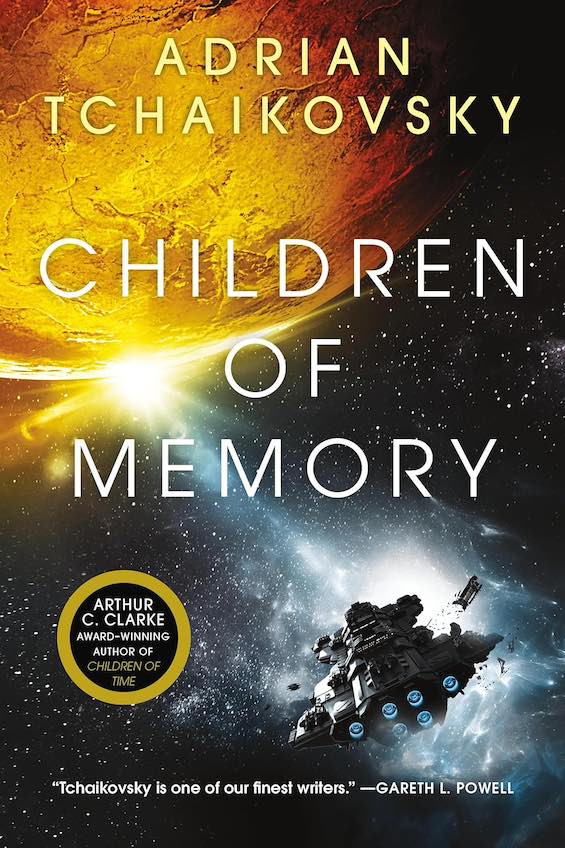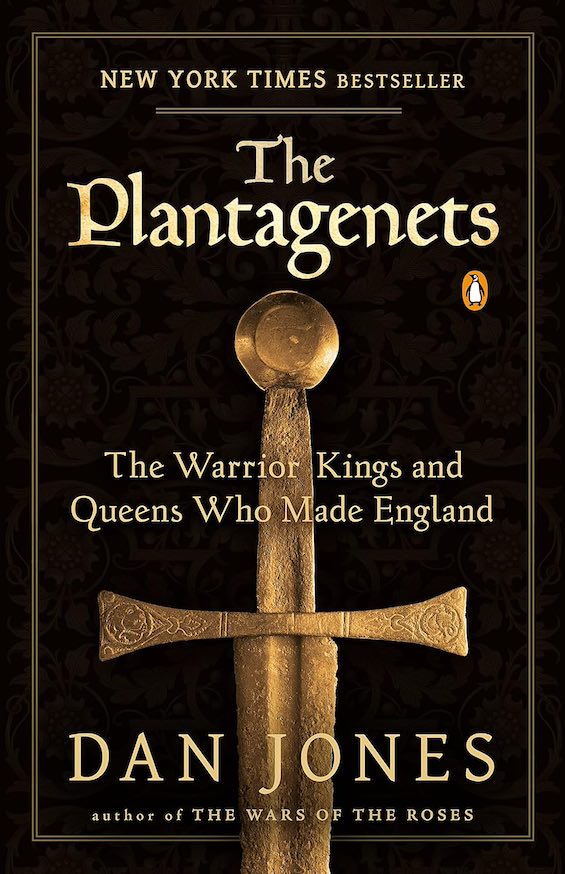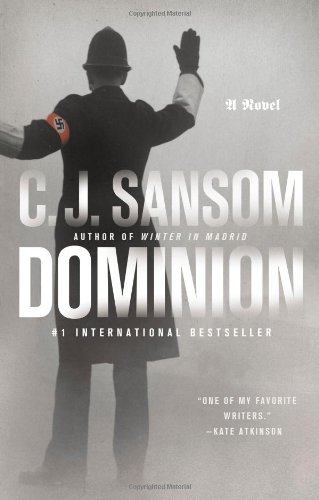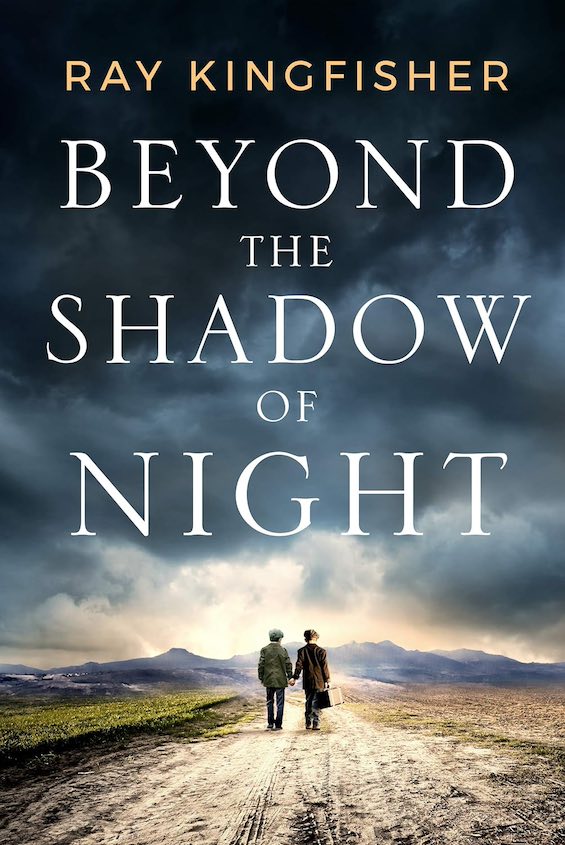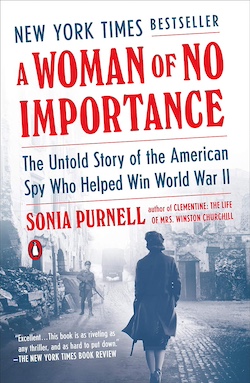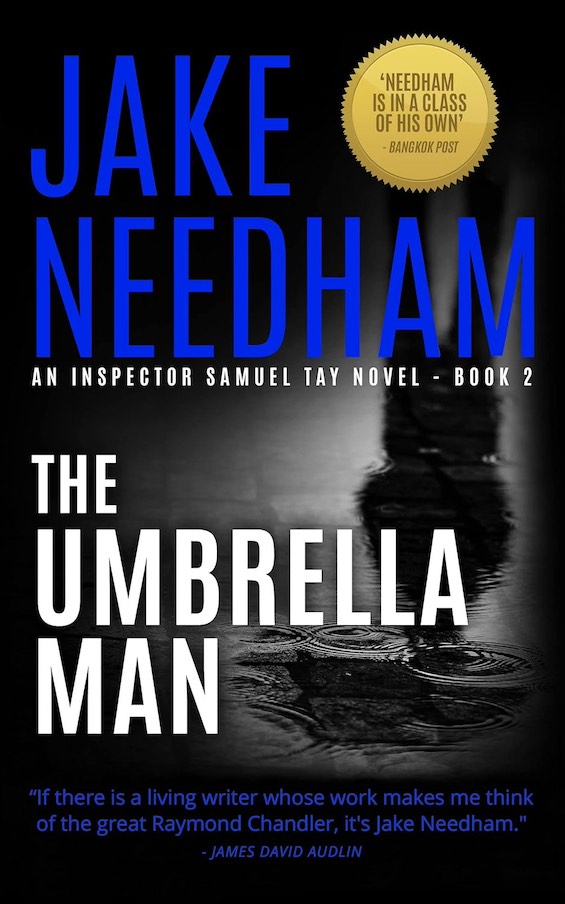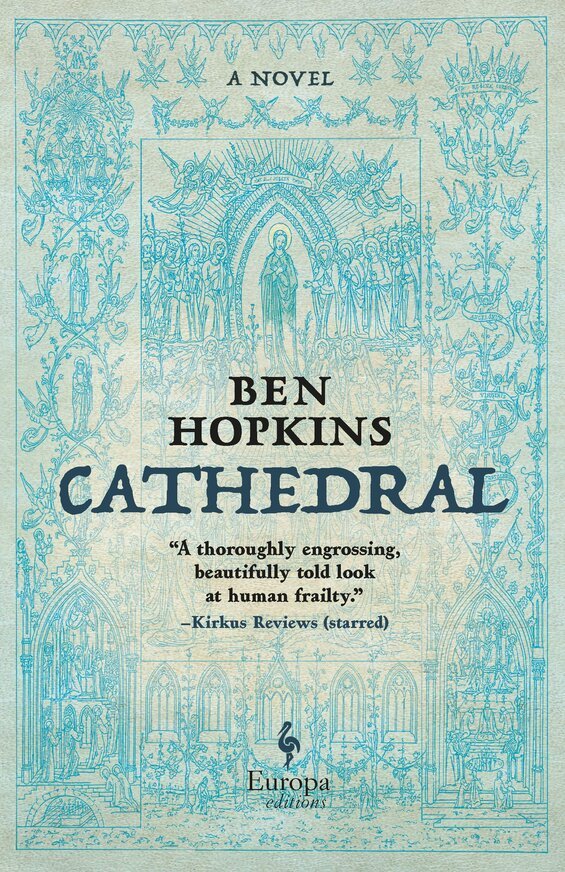
Over a period of two decades (1989-2020), bestselling novelist Ken Follett published the four books of the Kingsbridge saga. In a staggering total of nearly 4,000 pages, the four novels follow the construction of a fictional cathedral in England from the tenth to the sixteenth centuries. Tens of millions of copies of the books have been sold. So, a comparison to Follett’s work seems natural for Cathedral, the later work of British screenwriter Ben Hopkins. But other than a central focus on the building of a Gothic cathedral, the similarities are limited. Above all, Cathedral dramatizes life in medieval Europe.
A tale of conflict between Church and town
Follett brought to bear the sensibilities and instincts of a bestselling popular novelist on his series. Each of the four books is, at heart, a love story. The focus lies on a handful of characters whose interactions provide the drama. By contrast, Hopkins brings a screenwriter’s panoramic view to his work in Cathedral. His story follows the lives of the nobles, the churchmen, the merchants, the Jews, and the laborers of the town of Hagenburg in Alsace. Set during the tumultuous 13th century, the tale spans the years 1229 to 1352. The construction of the cathedral is central, but Hopkins’ subject is more truly the conflict between Church and town and the rise of a wealthy and ambitious middle class of merchants. The novel opens our eyes to the realities of life in medieval Europe.
Cathedral by Ben Hopkins (2021) 545 pages ★★★★★
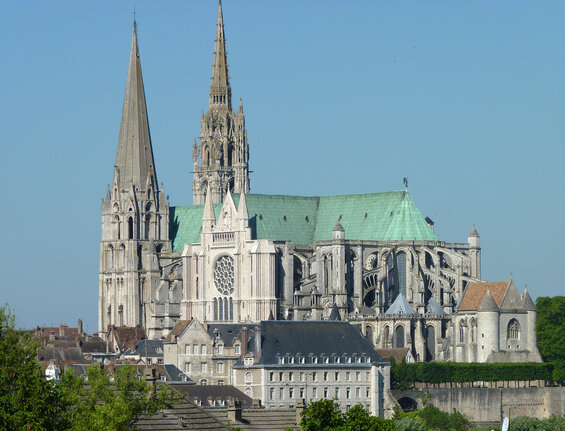
A large cast of characters
The pages of Cathedral teem with life, and the cast of characters shifts from one generation to the next as the 13th century unfolds and the 14th gets underway. But three families hold much of our attention—the Schäffer, Gerber, and Rosheimer clans—along with a handful of nobles.
The Schäffer family
Young Rettich Schäffer is a talented woodcarver raised as a shepherd in the village of Lenzenbach. Fleeing the poverty and tedium of life there, he travels with his younger brother, Emmerich (“Emmle”), to the market town of Hagenburg. Rettich buys his and his brother’s freedom from serfdom with a large loan from Meir Rosheimer, a Jewish moneylender. In partial payment for the service, he leaves his brother (“the straw-headed goy”) as a servant to Rosheimer. That proves to be a fateful decision, as young Emmle will gain Rosheimer’s trust and eventually become a partner. Meanwhile, Rettich signs on as an apprentice to the stonemasons who are constructing the glorious new Hagenburg cathedral. He will later become a leading figure in the masons’ guild.
The Rosheimer family
Meir Rosheimer is the wealthiest man in Hagenburg’s small Jewish community. He commands commercial contacts all up and down the Rhine, and many of the region’s nobles are heavily indebted to him. By contrast, his brother, Yitzhak, devotes his life to the beit midrash, the study hall where he pores over the Torah and Talmud. Yitzhak’s wife has left him as he has proven to be a disappointing husband, and his young son, Yudl (Yudah), shows far more interest in his uncle’s work than his father’s. As the years go by and the rising merchants of the town borrow ever more heavily from Meir, the indebtedness will bring fateful consequences.
The Gerber family
Manfred Gerber emerges as a leader of Hagenburg’s growing merchant class. He is a trader whose profitable business enables him to buy barges to extend his trading along the river. His younger sister, Grete, is equally enterprising. A weaver, she adds one extra loom after another until she becomes the leading cloth merchant in the region. Like her brother, she buys barges on the Rhine to trade with towns up and down the river. The two siblings are not friendly with each other, and their rivalry will prove troublesome.
The nobles
- Today, Achim von Esinbach would be called an architect. In 13th-century Hagenburg, he is viewed as a visionary artist. His conceptual drawings for a magnificent cathedral captivate the bishop and set off a centuries-long scramble to build what is intended to be the most glorious church in all Germany. The bishop appoints him Dombaumeister (architect), charged with managing the construction.
- Eugenius von Zabern is a wizard with numbers. He serves as a canon of the Church and treasurer to the bishop, the liege lord of the region. Von Zabern regards the ambitious plans for the cathedral as a foolish drain on diocesan resources but he cannot deny the bishop’s wish for a fitting legacy for his life. The bishop is ill and may soon die. In fact, the succession to the bishopric is a central thread in the novel’s plot. Von Zabern plays a pivotal role in the controversy that erupts.
- Baron Volmar von Kronthal is one of the region’s leading nobles, with lands scattered around Alsace. Though unlettered, he is a canon of the Church like so many of his fellow nobles. He has the misfortune to fall in love with a young girl who will later become a hostage in the struggle that develops among the noble families of Hagenburg.
- Count Rudolf von Habsburg does not emerge as a character in his own right in Cathedral. But he is prominent off-camera, as it were. His rise to power as Germany’s first king from the house of Habsburg is one of the underlying themes in the novel.
The pivotal 13th century: life in medieval Europe
Few Americans study medieval history. For most of us, our introduction to the subject is cursory and in many ways misleading. We get the impression that the Dark Ages lasted from the fall of the Roman Empire in the fifth century CE until the Italian Renaissance beginning in the 14th century. But change had come with a vengeance to Europe by the 1200s. The crafts guilds asserted power in the towns of Germany, the Low Countries, France, and Britain. With rising population, merchants became prosperous, forming the early traces of a middle class. Meanwhile, in the countryside, gangs of bandits preyed on unwary travelers, seizing cargoes on the rivers.
The Church was still the supreme temporal as well as spiritual power, but traces of the old animistic religions remained. (Called heretics by the Church, they were burned at the stake when caught in the occasional witch-hunts.) Despite the depredations of the Crusades, Jews lived in segregated neighborhoods in nearly all the towns, largely confined to trade and moneylending. But the pogroms were becoming more frequent, forcing many to gravitate toward the east.
Despite the stereotype of the Middle Ages as a time when ignorance reigned, at least ten universities had been founded in Western Europe by 1229, when this novel opens. They were located in Bologna, Paris, Oxford, Vicenza, Cambridge, Palencia, Salamanca, Padua, Naples, and Toulouse. Bologna, the oldest, was founded in 1088.
Politically, too, change was afoot. Though still subservient to the Church, temporal authorities—the nobles, princes, and kings—were asserting themselves, and their power was growing. In particular, the 13th century saw the rise of the House of Habsburg. Eventually, the Habsburgs would dominate Central Europe, ruling as Holy Roman Emperors for centuries.
All these aspects of life along Rhine emerge clearly in Cathedral.
About the author
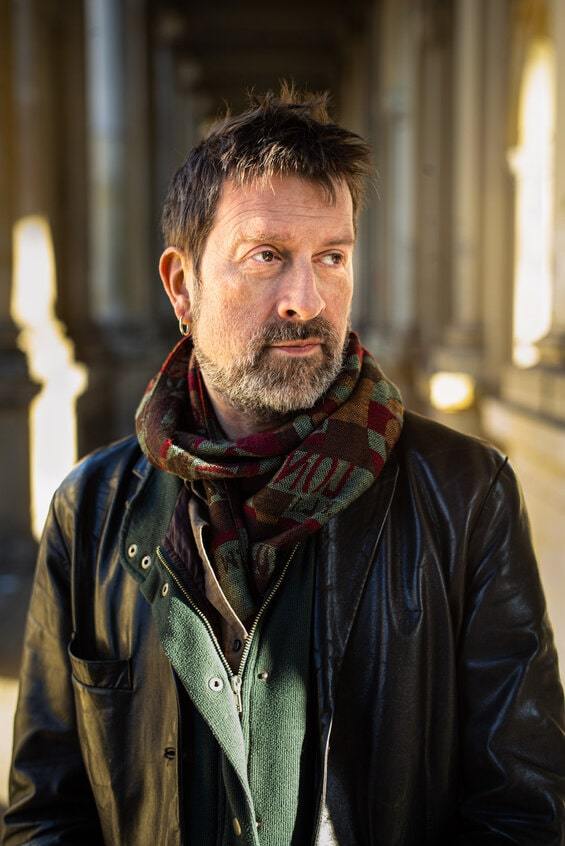
Ben Hopkins (1969-) is an award-winning British filmmaker and screenwriter who has more recently turned to writing fiction. Cathedral is his first novel.
For more reading
The Cathedral offers a different perspective on the medieval world than is found in Ken Follett’s monumental series:
- The Evening and the Morning – Kingsbridge #1 (Ken Follett sets up the Kingsbridge Trilogy in a prequel)
- A Column of Fire – Kingsbridge #4 (Ken Follett’s 16th-century Kingsbridge saga: Christians killing Christians)
- Note: I read the first two volumes in the original Kingsbridge Trilogy long before I began reviewing books here.
For an excellent popular history of the medieval era, see Powers and Thrones: A New History of the Middle Ages by Dan Jones (Change in the Middle Ages came thick and fast).
You might also be interested in:
- 20 most enlightening historical novels (plus dozens of runners-up)
- The decade’s top 10 historical novels, mysteries & thrillers, and science fiction
- Top 10 great popular novels reviewed on this site
- The outstanding historical fiction of Geraldine Brooks
And you can always find my most popular reviews, and the most recent ones, plus a guide to this whole site, on the Home Page.

